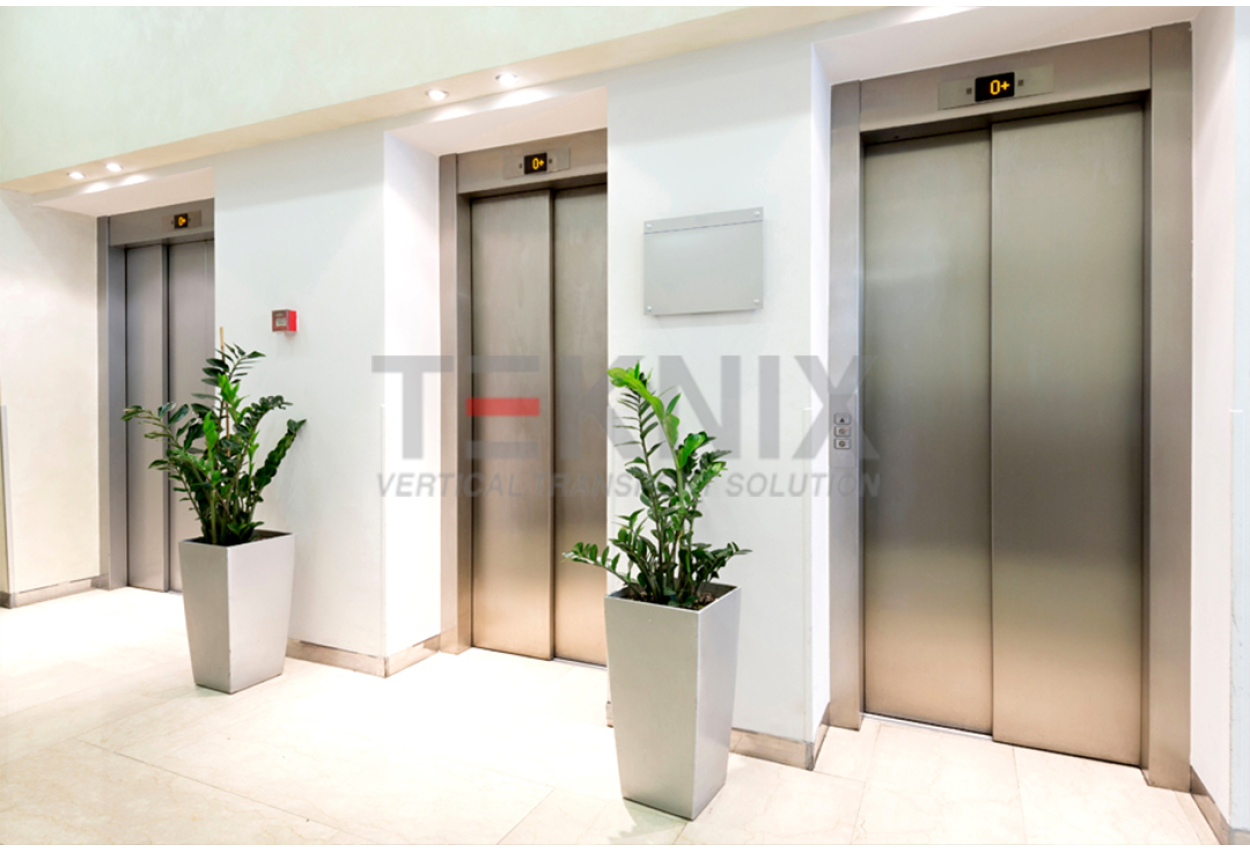Looking Into the World of Lifts: Typical Concerns Dealt With by Various Lift Systems
As we browse through the vertical transportation systems of contemporary structures, elevators stand out as an essential part of our daily lives. From hydraulic elevators to traction systems and machine-room-less styles, each lift type comes with its set of usual problems.
Hydraulic Lifts
Hydraulic lifts, usually chosen for low-rise buildings, make use of fluid pressure to control the activity of the lift auto (lift repair companies). This system involves a hydraulic pump pressing oil into a cyndrical tube, triggering the elevator to relocate the desired instructions. While hydraulic lifts are known for their peaceful and smooth operation, they do come with their own set of common issues
One widespread issue with hydraulic lifts is oil leakage. The seals in the hydraulic system can break over time, leading to oil infiltration. If left unaddressed, this not just develops a mess yet can also influence the lift's performance. Additionally, concerns with the control system, such as faulty valves or a malfunctioning pump, can trigger disruptions in the lift's activity.
Normal maintenance and prompt repair work are important to guarantee the smooth performance of hydraulic elevators. By resolving these common concerns proactively, building proprietors can reduce downtime and guarantee the security and efficiency of their upright transportation system.
Grip Elevators
When taking into consideration vertical transportation systems in structures, another common kind apart from hydraulic lifts is the traction elevator. Grip elevators operate utilizing a system of ropes and weights that move the elevator cars and truck by gripping onto the hoist ropes. This system enables smoother and much faster vertical transport contrasted to hydraulic systems.
Among the typical problems dealt with by traction elevators is rope wear. The continuous activity of the ropes within the traction system can bring about damage in time, potentially creating the elevator to breakdown or end up being dangerous for usage. Normal evaluations and upkeep of the ropes are vital to guarantee the lift's correct performance and security.
Another issue that traction lifts may come across is connected to the control system. Issues with the control system can result in issues such as unpredictable activity, hold-ups in reaction times, or perhaps full closures. Routine screening and maintenance of the control system are important to stop such problems and ensure the lift's integrity.
Machine-Room-Less (MRL) Lifts

One of the essential elements of MRL elevators is the compact gearless traction device that is installed within the hoistway. This device efficiently drives the lift car without the need for bulky view website devices found in conventional traction elevators. In addition, MRL lifts usually utilize a weight system to balance the automobile, more enhancing their energy effectiveness.
Despite their benefits, MRL elevators may deal with difficulties associated with repair and maintenance because of the restricted area for tools setup. Availability for servicing elements within the shaft can be restricted, calling for specialized training for specialists. Proper maintenance routines and routine examinations are crucial to make certain the continued smooth procedure of MRL elevators.
Overloading and Weight Restriction Issues
Straining and weight limit concerns are vital concerns in lift procedures. Lift manufacturers layout lifts with details weight capabilities to guarantee guest safety and tools durability.
When elevators are overwhelmed, it places extreme pressure on the electric motor, cables, and various other elements, potentially triggering breakdowns or breakdowns. Safety mechanisms such as sensing units and overload sensors remain in area to prevent lifts from moving if they identify excess weight. Additionally, surpassing weight limits can bring about boosted power consumption and wear and tear on the lift system.
To alleviate overloading concerns, constructing managers ought to plainly show weight limitations in elevators and enlighten owners on the relevance of adhering to these constraints - lift repair companies. Regular maintenance checks by qualified service technicians can additionally assist make sure that elevators are operating within risk-free weight parameters. By resolving overloading and weight limitation concerns proactively, building proprietors can improve elevator safety and security and efficiency
Electric System Failures
Going beyond weight restrictions in lifts can not only result in mechanical concerns yet also possibly add to electric system failures within the lift framework. Electric system failures are an important concern in elevator operation, directory as they can create unforeseen closures, breakdowns, and even security dangers. One typical electrical concern is the overheating of elements due to extreme present circulation triggered by straining the lift past its capability. This can result in damage to the motor, electrical wiring, or control systems, causing expensive fixings and downtime.
Regular upkeep and evaluations are vital to determine and deal with potential electrical concerns quickly, ensuring the efficient and safe procedure of lift systems. By sticking to weight limits and performing routine electrical system checks, building owners can minimize the danger of electrical failings in lifts.
Conclusion

Hydraulic lifts, commonly liked for low-rise buildings, use fluid stress to control the activity of the lift cars and truck.When taking into consideration vertical transport systems in buildings, one more typical kind aside from hydraulic elevators is the traction lift. Grip lifts run making use of a system of ropes and weights that move the elevator automobile by grasping onto the hoist ropes. Unlike typical lifts that need a separate machine space to house the equipment, MRL lifts integrate many of the elements within the shaft, eliminating the demand for a dedicated equipment space.In conclusion, elevators face typical concerns such as hydraulic breakdowns, traction system failures, click to read more and electric system problems.